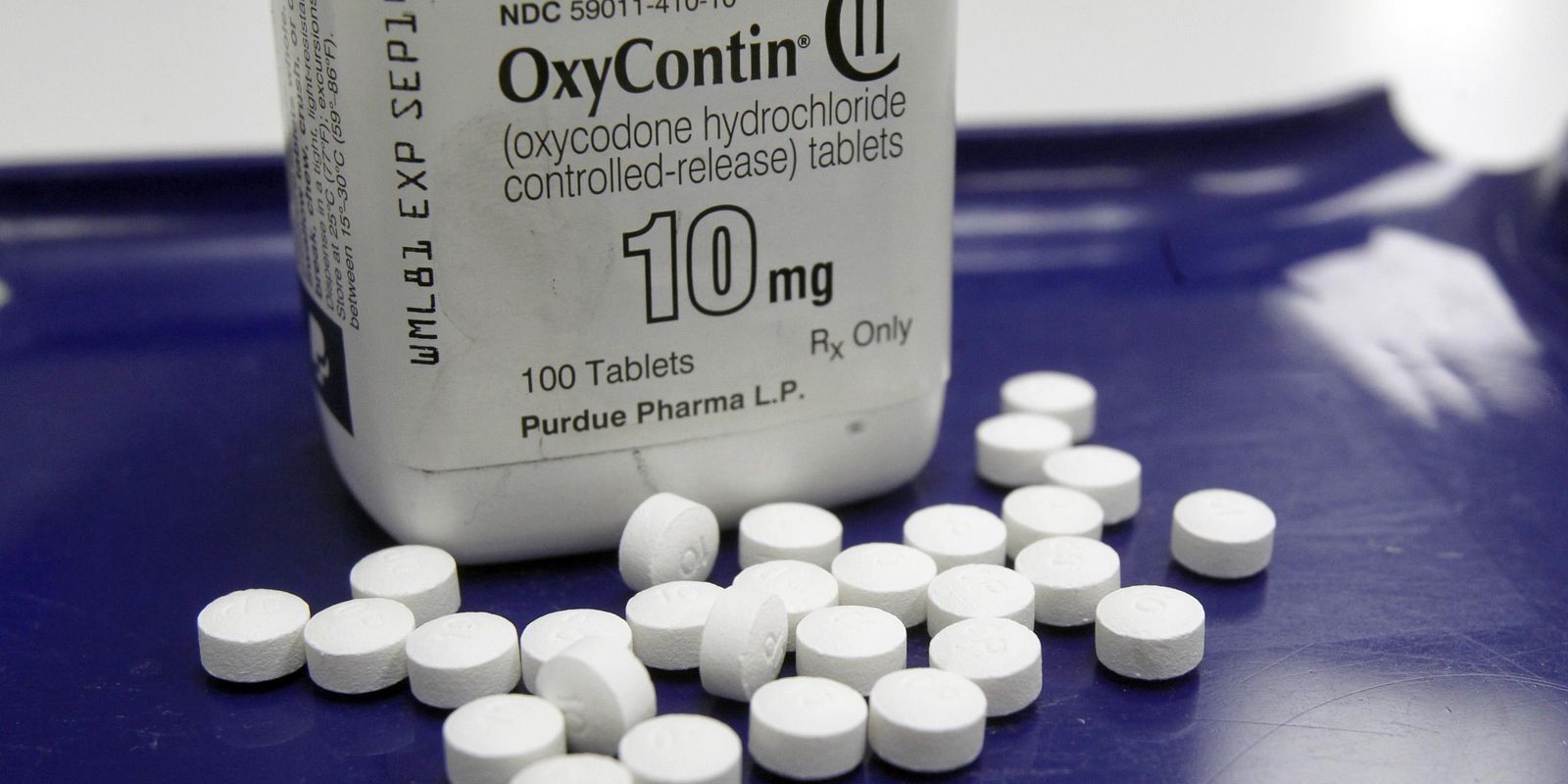For hospitalized patients, pain is an all-too-common part of the experience. Even among U.S. patients who have not undergone surgery, more than half receive at least one dose of an opioid for acute pain during their stay. Even as current research demonstrates that hospitalized patients’ exposure to opioids has contributed to the nationwide addiction epidemic, there is little guidance on the safe prescribing of these pain killers in the inpatient, non-operative setting.
Now, a national working group led by an investigator at Beth Israel Deaconess Medical Center (BIDMC) has developed a Consensus Statement intended to inform safe prescribing of opioids for hospitalized adults with acute pain. The set of 16 recommendations, published today in the Journal of Hospital Medicine, provides guidance about when to use opioids versus other pain management methods, with the goal of improving the safety of opioid use during the hospital stay and managing opioid use upon discharge.
“Hospital-based clinicians frequently treat patients with acute pain, and although opioids may sometimes be beneficial in this setting, they do carry the risk of adverse events including inadvertent overdose and physical dependence,” says lead author Shoshana J. Herzig, MD, MPH, Director of Hospital Medicine Research in BIDMC’s Division of General Medicine and Primary Care Sections of Hospital Medicine and Research. “This guidance is intended to help clinicians practicing medicine in the inpatient setting balance the benefits of opioid treatment against its risks.”
The 16 recommendations urge hospitalists, primary care physicians, nurse practitioners, physician assistants and other clinicians to limit opioid use whenever possible. The consensus statements suggest clinicians restrict the use of opioids to cases of severe pain or cases of moderate pain only in patients who do not respond to or cannot take non-opioid pain medications like acetaminophen or ibuprofen.

(Image credit: Associated Press)
“The risk-to-benefit ratio of opioid and non-opioid therapy should be considered for all patients in determining the best initial management strategy,” says Herzig. “Clinicians tend to underestimate the benefit of non-opioid analgesics and overestimate the risks, while for opioids they overestimate the benefits and underestimate the risks. For most painful conditions, acetaminophen and non-steroidal anti-inflammatory drugs have been shown to be equally or more effective with less risk of harm than opioids.”
Among patients who do receive opioids, the new Consensus Statement recommends prescribing the lowest effective doses for the shortest duration possible, based on recent studies that demonstrate opioids’ risks increase with dosage. The recommendations also suggest using immediate-release opioid formulations and giving the drugs orally whenever possible. These practices avoid prescribing long-acting opioids or administrating them intravenously, which have been shown to have greater risk of overdose and addiction.
The working group’s other recommendations stress the importance of educating patients, families and caregivers about opioids and patients’ expected course of recovery. The guidelines suggest letting patients know that non-opioid pain management alternatives are available and may control pain equally as well. Clinicians are also advised to help patients understand that successful opioid therapy includes not only reduced pain, but also improved function.
Herzig and colleagues developed these recommendations as part of a nationwide working group convened by the Society of Hospital Medicine, a professional organization representing more than 57,000 hospitalists. The working group included five practicing hospitalists with expertise in opioid use in the hospital setting and involvement in clinical research related to opioid use and outcomes in hospitalized patients.
The team developed the recommendations following a systematic review of almost a thousand relevant opioid-prescribing guidelines. With the goal of identifying generalizable principles of safe prescribing, the researchers excluded guidelines published prior to 2010, those focused on chronic pain, palliative care or specific medical conditions, or those relevant to intensive care units and non-hospital settings. Among the four remaining guidelines, the team found a lack of guidance specific to the settings in which most hospitalists practice — the inpatient, noncancer pain context. They also reported that most recommendations in existing guidelines are based on expert consensus, rather than evidence from randomized controlled trials.
“Although most recommendations are based exclusively on expert opinion, our systematic review nonetheless represents the best guidance currently available,” says Herzig, who is also an Assistant Professor of Medicine at Harvard Medical School. “Additional research will be necessary to understand the risk factors in hospitalized medical patients and to inform evidence-based, safe prescribing recommendations in this setting.”




